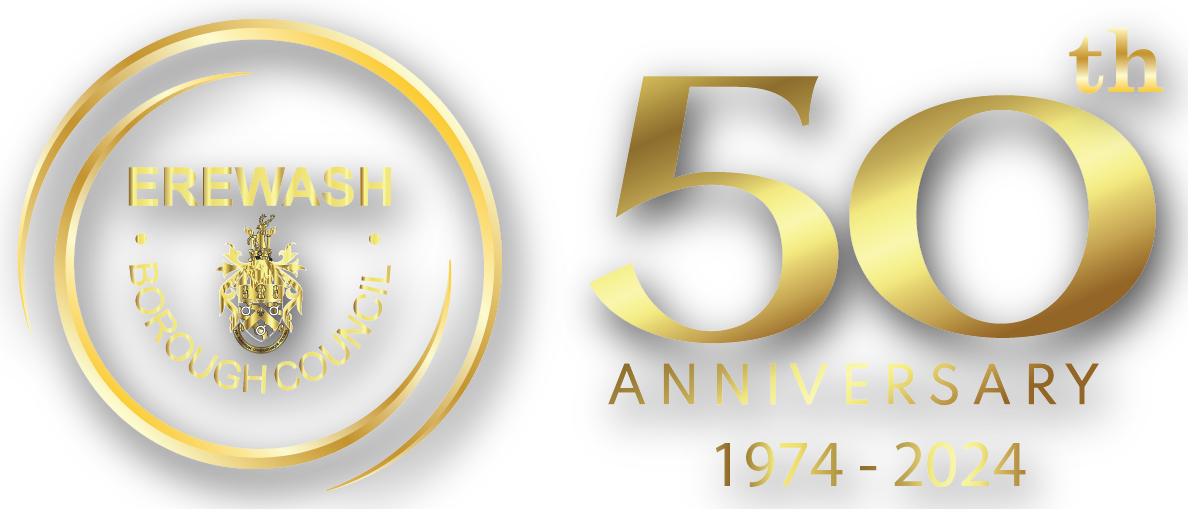Pollution and Air Quality
Air Quality in Erewash
We monitor air quality at various locations in the borough and have real time ambient air quality monitors in two locations which accurately measure gases and particulate pollution. You can check the air quality in Long Eaton and Ilkeston now by visiting Erewash Air Quality.
Air Quality Management Areas
On 12 January 2022 Erewash Borough Council agreed to the revocation of the two Air Quality Management Areas (AQMA’s) along the M1 motorway at Sandiacre and Long Eaton declared in 2002. You can find more information on air quality by visiting DEFRA's website.
Improving Air Quality In Derbyshire
We all contribute to air pollution in Derbyshire by lighting a log burner, driving a car to a local shop or taking the kids to school. For people with conditions like asthma, lung disease and some allergies, high levels of air pollution can quickly make their breathing worse, and irritate the eyes, nose and throat. But over the years, it can affect everyone, contributing to things like lung cancer, strokes and heart disease.
It’s hard to think that something we can’t see and touch can be harmful to our health. Well over 60% of the two most harmful emissions come from road transport. Even in rural Counties like Derbyshire, standing traffic can cause hot spots of poor air quality.
There are lots of ways we can all help to reduce air pollution in our communities:
- More than half of car trips are under 5 miles and 1 in 4 cars at peak times are on the school run. Why not make a pledge to leave the car at home just one day a week. Use your feet, bus or car share, or why not consider an e-bike?
- Switching your engine off when stationary is a simple way everyone can reduce air pollution particularly in residential areas.
- Electric vehicles can play a role in reducing air pollution and save money. Why not look at alternative fuels when you next invest in a new car?
- Save using the wood burner for when it’s absolutely necessary.
Together with one small change at a time we can all help to improve air quality in our neighbourhoods. If you want to know more about air quality in Derbyshire, what is happening locally and what you, your family, school or business can do, you can visit the Derbyshire County Council website or the clean air day website
The UK Government has provided some additional guidance on how to help improve the air we breathe and to ensure that householders are choosing cleaner fuels to heat their homes. Further details of the campaign can be found at Burn better: Making changes for cleaner air - Defra, UK
Air Quality Reports
Local authorities are required to submit annual air quality status reports to DEFRA. Reports can be requested by email at This email address is being protected from spambots. You need JavaScript enabled to view it.
Dark Smoke
It is an offence to emit dark smoke from any trade or industrial premises or to emit dark smoke from the burning of trade or industrial waste. The emission of dark smoke is a strict offence and can be immediately prosecuted in the Magistrates' Court to a maximum of £20,000 per offence. An officer does not need to see the emissions of dark smoke to take action. Evidence of burnt materials that could cause dark smoke, such as steel reinforcement from tyres, or plastic residues is sufficient.
The darker the smoke, the more polluting it tends to be. Smoke darker than a specified shade of grey is officially classified as 'dark smoke'. A Ringlemann chart is used to define dark smoke. The chart has five shades of grey with 0 being clear and 5 being black. Smoke is considered 'dark' if it has a shade of 2 or darker. Using the Ringelmann chart is the British Standard method of assessment (BS 2742C - 1957 and BS 2742 2009).
Dark smoke emission must be prevented from-
-
Chimneys serving furnaces, fixed boilers or industrial plants, whether they are attached to buildings or not;
-
Any industrial or trade premises.
Waste produced during the course of normal business activity must be disposed of in an appropriate manner. Waste disposal by burning is not permitted and will be referred to The Environment Agency.

